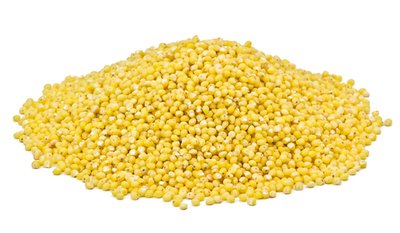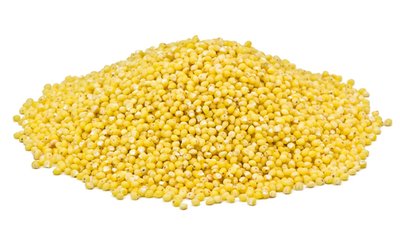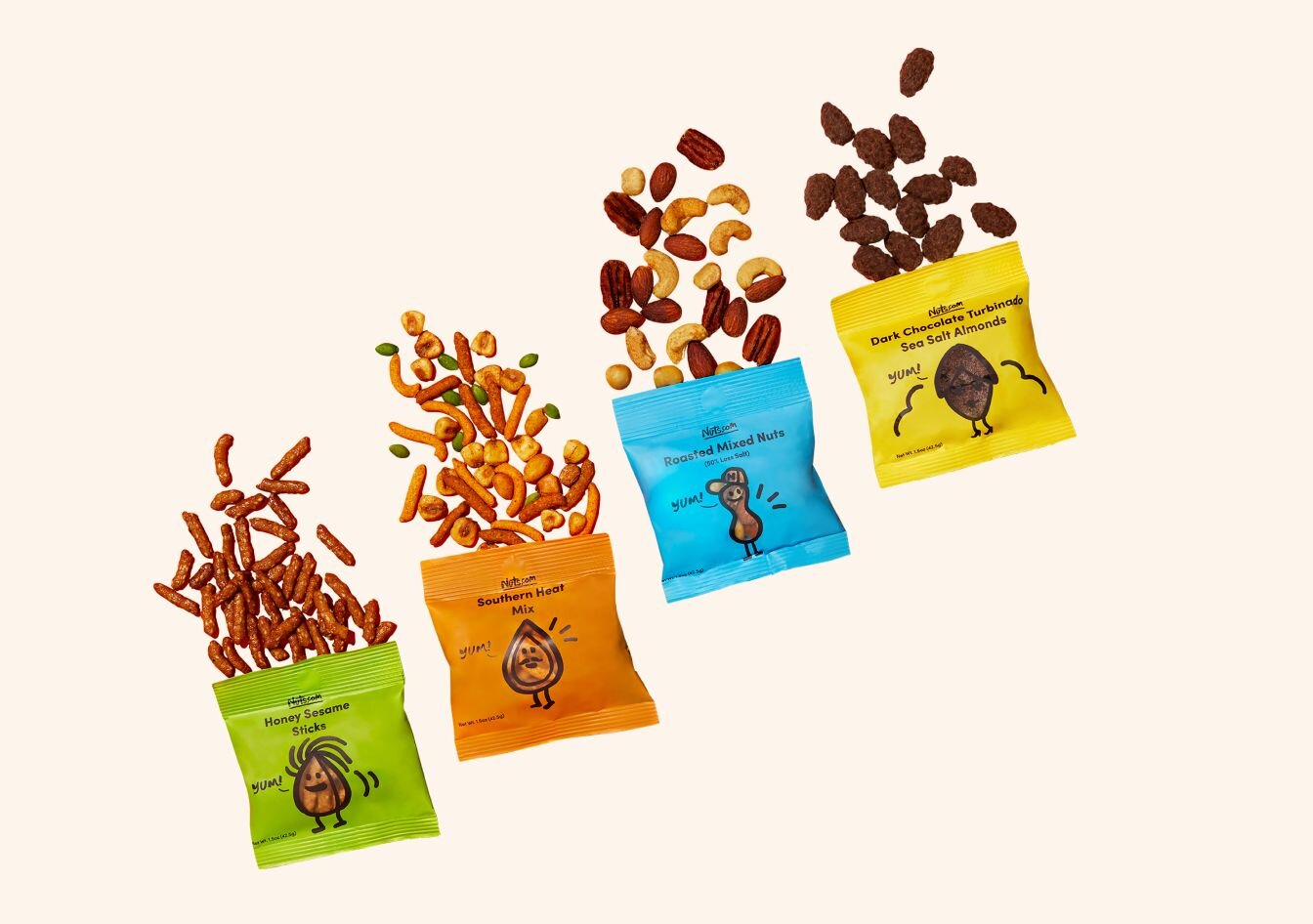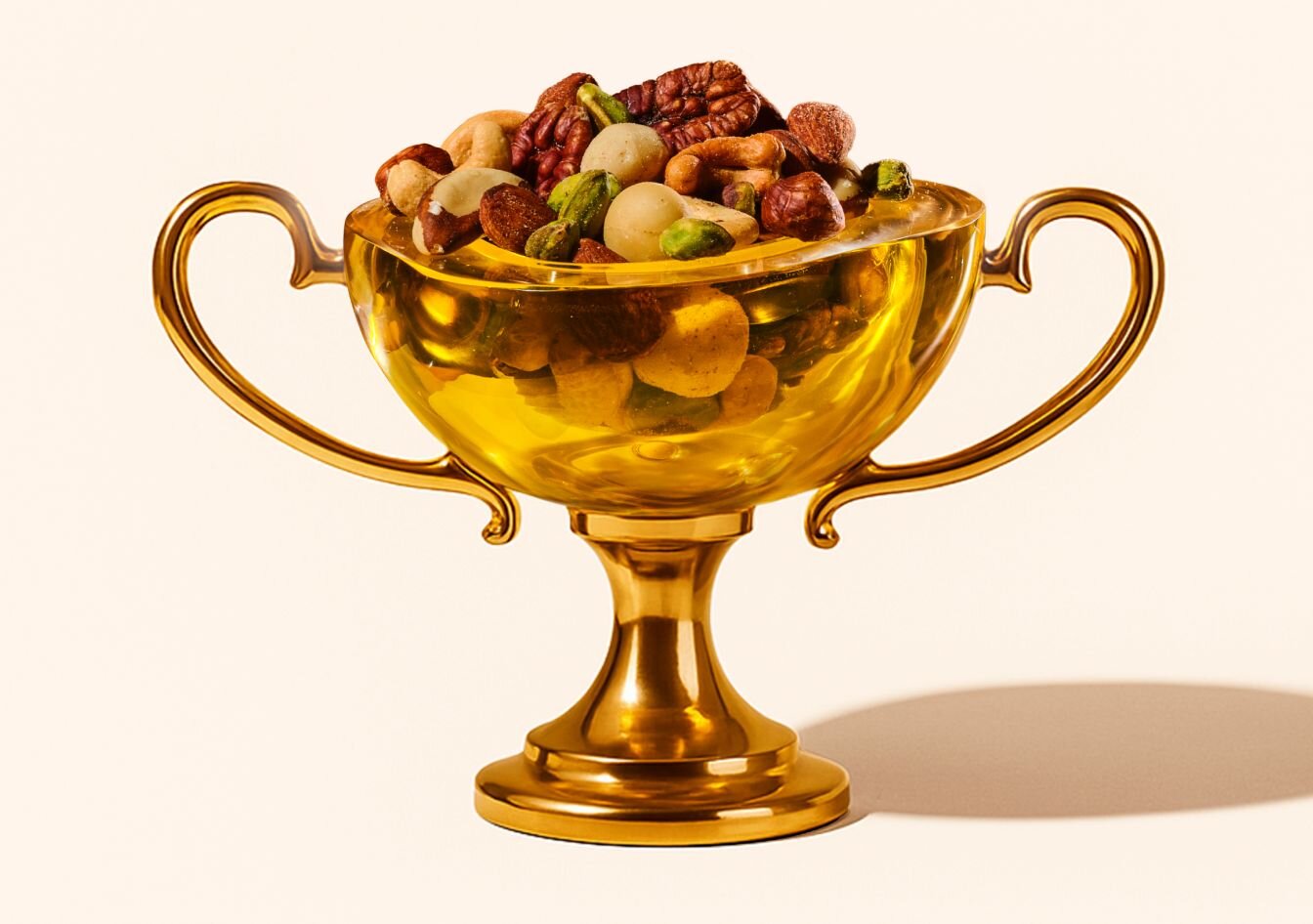Millet
Sort by:
What is Millet
Millet was once grown globally and is still popular in Asia and Africa due to its ability to grow in arid, temperate climates. Though there are several varieties of the grain, the most common type used for culinary purposes is pearl millet. Millet can be cooked into a dish that resembles couscous and offers a delightfully fluffy texture with a surprisingly sweet savor.
How to Cook Millet
Cooking millet is a simple matter that offers a fast side dish or a solitary porridge. Though it can be cooked in multiple ways, the most common means of producing the soft and fluffy side dish is explained below. Before cooking the millet, you may wish to toast it in a saucepan to draw out its nutty taste. To toast the grain, simply place hulled pearl millet into a saucepan over medium heat for 4 to 5 minutes, or until the grains are a golden brown.
- Add 2 cups of water or broth to a pot for every 1 cup of dry millet.
- Combine the liquid with the millet and add salt to taste.
- Increase the heat to high and bring the mixture to a boil.
- Add butter to taste and lower the heat to low. Cover the pot and let the mixture simmer for 15 minutes.
- Remove from heat and let stand with pot covered for up to 10 minutes.
- Fluff the mixture with a fork and serve.
Though, as previously stated, this is the most common way of cooking millet- the grain can also be used to create a palatable porridge. To accomplish this, simply add 3 cups of the liquid instead of 2 and stir every few minutes after covering the pot.
What is Millet Flour?
Our millet flour is made from stone ground hulled millet, making it the perfect gluten-free substitute for wheat flour in baked goods. Confections created with this ground grain typically feature a crumbly texture and require a cohesive element to maintain a solid consistency. Millet is also naturally sweet, meaning that it is an ideal ingredient for creating any number of desserts.
This saccharine savor pairs particularly well with honey and chocolate and may even reduce the amount of sugar needed for a recipe. It also creates an interesting interplay when used to soften saltier flavors and can so be used to bread meatloaf, fish, chicken and similar dishes. When used in baking, it is important to accommodate the gluten-free nature of the grain to achieve a desirable consistency in your confections.
Substituting ingredients when baking is seldom simple; and though replacing wheat with the ground gluten-free grain can be done, a 1-to-1 substitution may cause certain complications. In baked goods that should rise, for instance, gluten typically acts as a source of energy for yeast and is required to sufficiently rise your dough. As such, millet flour may result in leavened breads and cakes.
Gluten also acts as a binding agent in dough, which is why this gluten-free grain results in such a crumbly texture. To prevent your confections from falling apart, it may be necessary to add a binding agent. This can be accomplished with any number of ingredients, though one popular binding agent is xanthan gum. Alternatively, millet flour can be mixed with other flours to create a more accommodating substitution.






